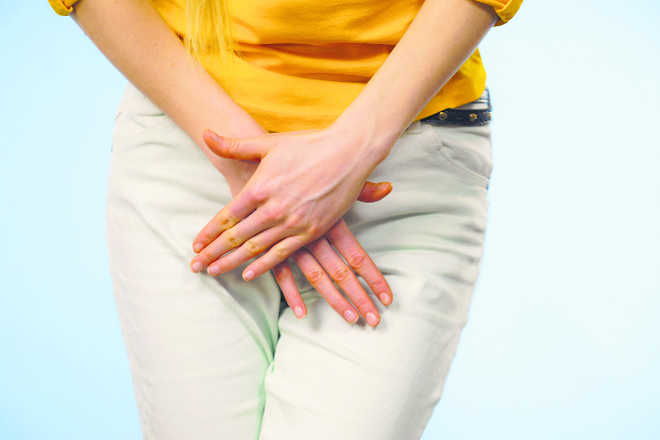During summers and monsoon, the incidence of urinary tract infection (UTI) rises manifold as these seasons provide a perfect environment for this infection to grow.
A UTI denotes infection involving any part of the urinary tract, including kidney, ureter, bladder and urethra. Most infections commonly involve the lower urinary tract i.e. the bladder and the urethra. Women are at greater risk of developing a UTI than men.
There are several reasons why rate of UTIs is more during summer and monsoon. Hot weather can lead to dehydration which in turn leads to infrequent urination. Swimming is a common activity in summer. A dip in contaminated pool water can cause UTI. Excessive sweating in hot weather in the perineal region can facilitate bacterial transfer from rectum to urethra (especially in females).
If left untreated, UTI can lead to severe complications like pyelonephritis (inflammation of the kidney), sepsis, etc.
Types of UTIs
Infection in urinary bladder or cystitis: Symptoms include burning pain during urination, urgent desire to urinate, increase in frequency of urination, and/or lower abdominal pain. It may be caused due to sexual intercourse, but not always. All women are at risk because of their anatomy —the distance from the urethra to the anus and the urethral opening to the bladder is quite small.
Infection involving the kidneys or pyelonephritis: It is the most dangerous type of UTI. Symptoms include fever with chills or rigors, upper back pain (below the ribs), nausea , vomiting, etc.
Infection involving the urethra or urethritis: Main symptoms include burning pain while urinating, foul smelling discharge from the urinary orifice.
This infection occurs when bacteria spread from the anus to the urethra, particularly in women as female urethra is close to the vagina. Sexually transmitted diseases, such as herpes, gonorrhea, chlamydia and mycoplasma can cause also urethritis.
Risk factors
For women
As women are more at risk because of their anatomy, specific factors for them include:
Sexual activity: More activity and more partners increase the risk.
Birth control methods: Use of diaphragms, copper-Ts and/or spermicidal agents raises the risk of UTI.
Menopause: In post-menopausal women, decreasing levels of estrogen cause changes in the urinary tract making them more vulnerable to infection.
For others
Other factors include urinary tract abnormalities at birth or structural or functional abnormalities of the urinary tract, blockages in the urinary tract such as kidney stones or an enlarged prostate, a suppressed immune system that causes diabetes and other diseases, catheter use among patients in hospital or paralysis patients. Use of unhygienic instruments during a surgical urinary procedure can also cause UTI.
Complications
Patients with acute complicated UTI can have recurrent infections, sepsis (especially if infection spreads from urinary tract to kidneys and even blood), narrowing of urethra in men from recurrent urethritis, in pregnant women risk of low-birth weight or premature infants, multiple organ system dysfunction, shock, and/or acute renal failure, renal abscess (pus collection), perinephric (around the kidney) abscess, emphysematous (collection of gas), permanent kidney damage due to pyelonephritis, or renal papillary necrosis (a kidney disorder in which all or part of the renal papillae die) which can also be fatal.
Signs and symptoms
- Persistent urge to urinate.
- Burning sensation while urinating.
- Passing frequent, small amounts of urine
- Cloudy, turbid urine.
- Red, bright pink or cola-coloured urine. It is a sign of blood in urine.
- Foul smelling urine.
- In women, there may be pain in abdomen, pelvic and perineal regions.
Prevention
- Have lots of liquids, especially water. It helps dilute urine and increase its frequency allowing bacteria to be flushed from your urinary tract preventing infection.
- Drink cranberry juice.
- Do not hold urine for long periods of time
- Maintain personal hygiene and cleanliness.
- Women should always clean from front to back after urinating and a bowel movement. It prevents bacteria from spreading from anal to vagina and urethra.
- Women should urinate soon after intercourse and drink lots of water to help flush out bacteria.
- Women should also not use irritating feminine products, douches, powders, or deodorant sprays etc .
- Avoid use of diaphragms, unlubricated spermicidal condoms for birth control, dirty public toilets and swimming pools






 Driving Naari Programme launched in Chandigarh
Driving Naari Programme launched in Chandigarh






























